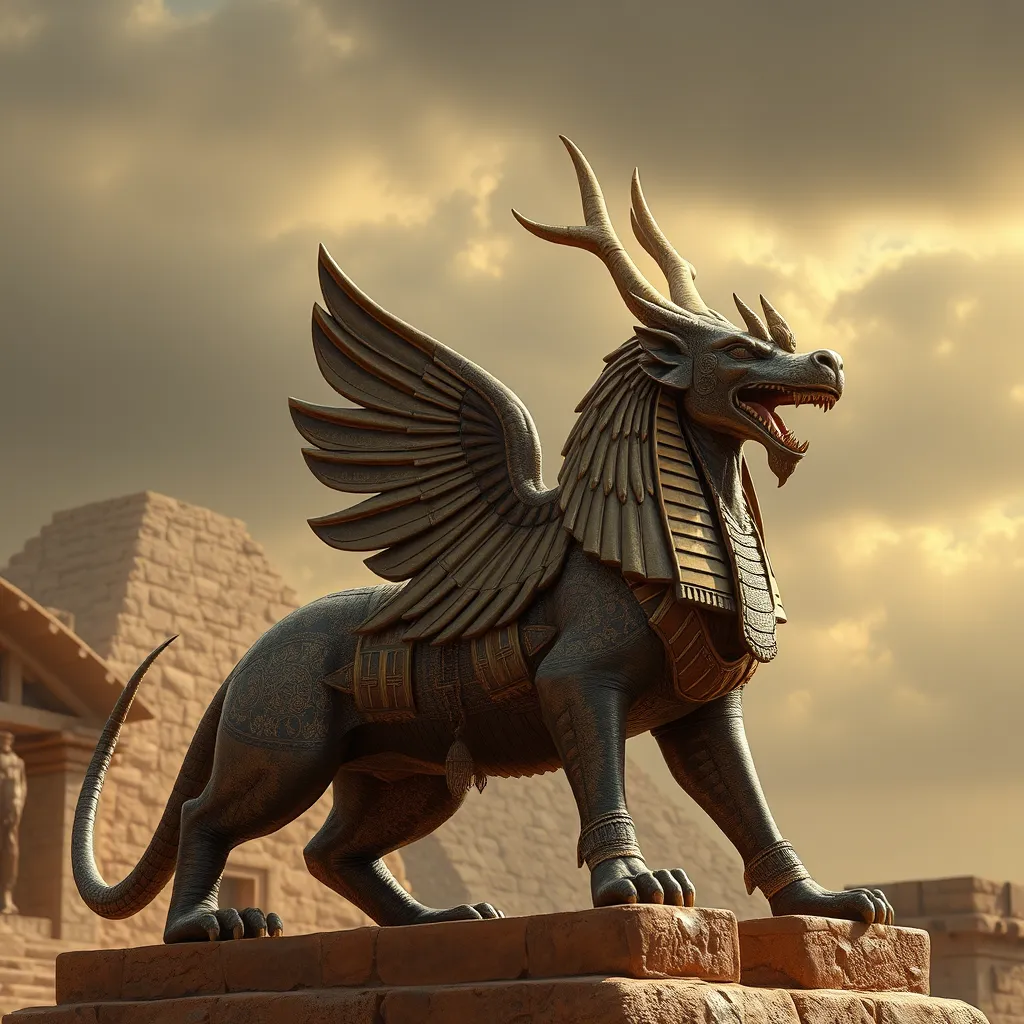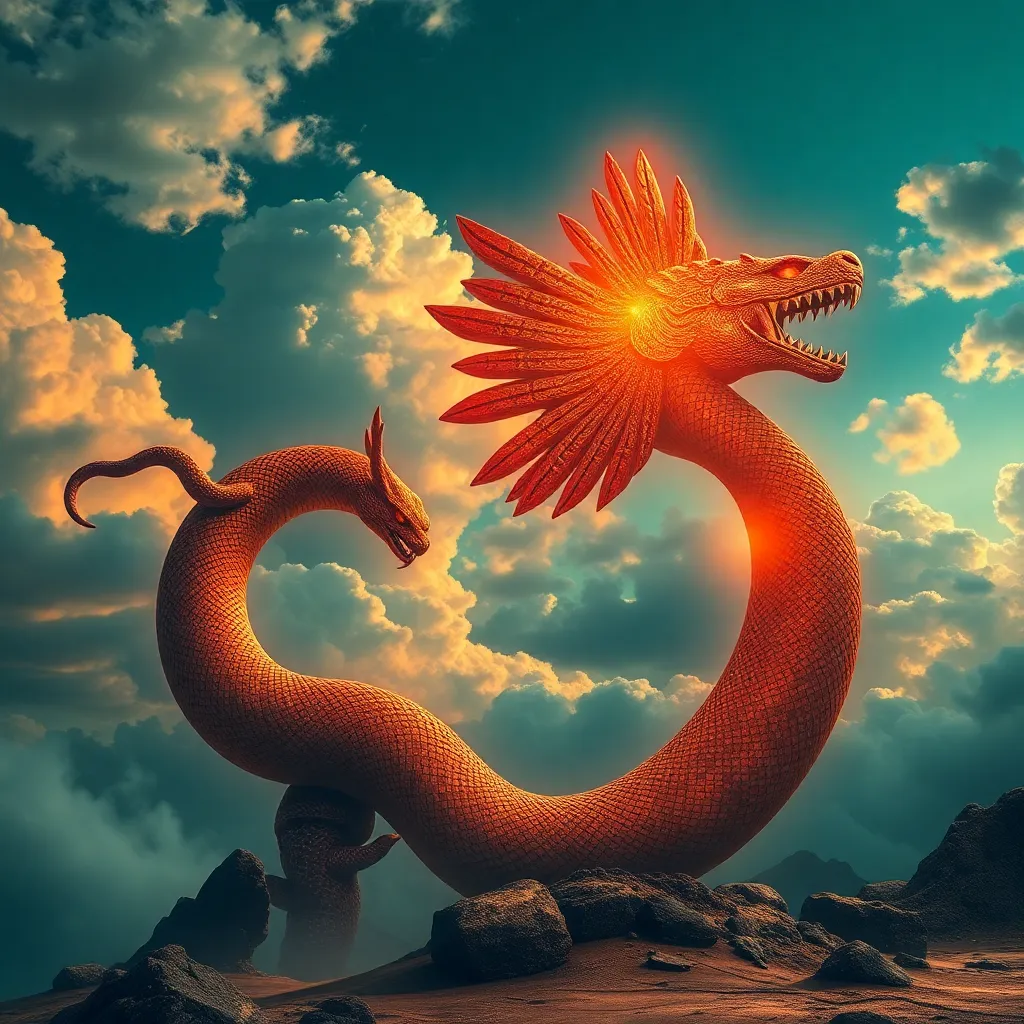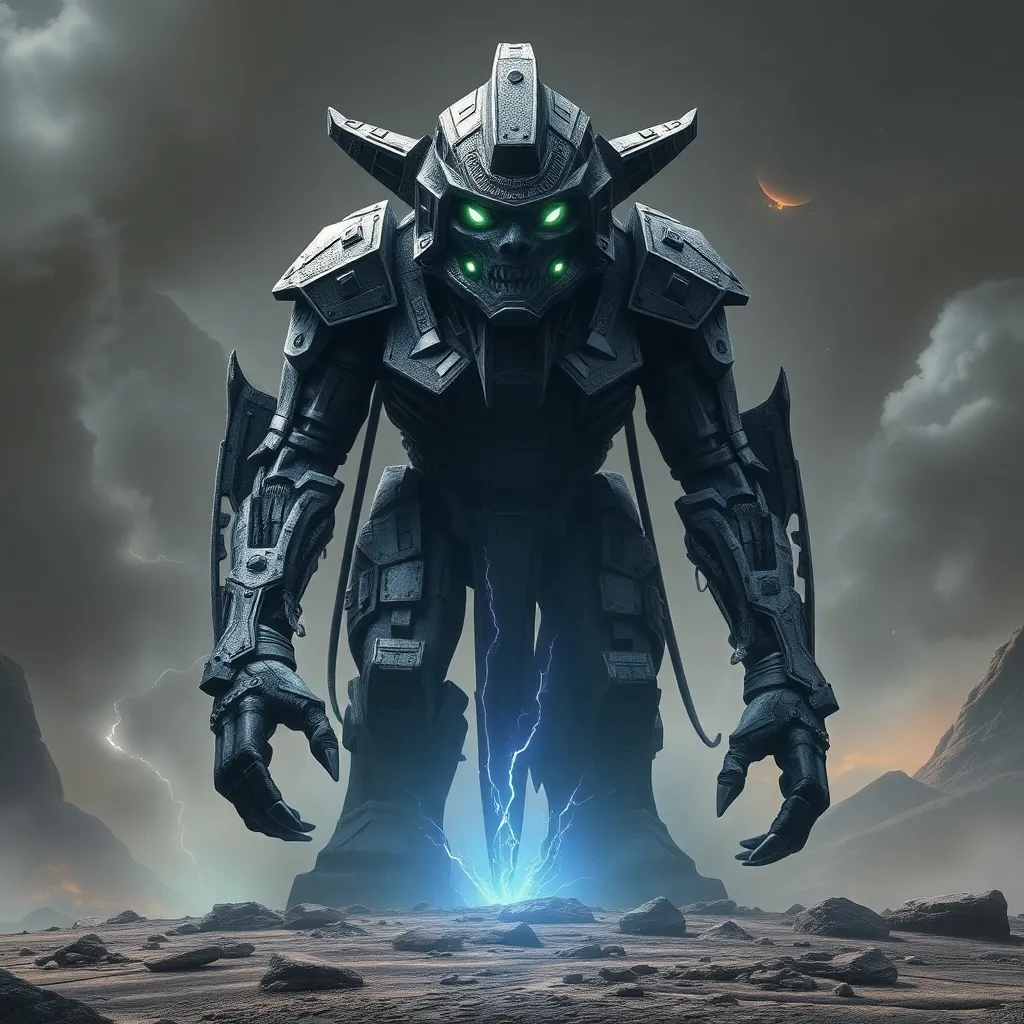The Egyptian Chimera: A Window into Ancient Belief Systems
I. Introduction
The Chimera, a creature of myth and legend, is often depicted as a hybrid beast combining features from various animals. In ancient contexts, it represents more than a mere fantastical being; it embodies the complexities of belief systems that shaped cultures. Particularly in Egyptian mythology, the Chimera holds significant symbolic meaning, reflecting the ancient Egyptians’ understanding of their world and the divine.
This article aims to explore the Chimera as a reflection of ancient Egyptian beliefs, delving into its mythological roots, artistic representations, religious significance, psychological implications, and its enduring influence on modern interpretations.
II. The Mythological Roots of the Chimera
The historical origins of the Chimera can be traced back to various ancient texts, where it appears alongside other mythological creatures. While the term ‘Chimera’ is often associated with Greek mythology, the concept of hybrid beings is prevalent across multiple cultures, including ancient Egypt.
In Egyptian mythology, creatures like the Sphinx and the Griffin exhibit similar characteristics. A comparative analysis reveals that:
- Chimeric creatures often symbolize the merging of different realms—human, animal, and divine.
- They embody the cultural values and fears of the societies that created them.
- In many cases, these hybrids serve as guardians or protectors in both myth and art.
The role of hybrid creatures in mythology often reflects the ancient peoples’ attempts to explain the mysteries of the universe, showcasing their understanding of the natural and supernatural worlds.
III. Iconography and Representation in Ancient Art
In ancient Egyptian art, the Chimera is commonly depicted through a combination of animal forms, each representing different attributes and powers. Iconography often features:
- Human heads on animal bodies, illustrating the connection between humanity and the divine.
- Symbolic use of specific animals, such as the lion (strength) and the falcon (sky and protection).
- Intricate carvings and paintings in temples and tombs that highlight the significance of these creatures.
The symbolism behind animal combinations in Egyptian art serves to communicate complex belief systems. Each animal carries its own meaning, contributing to a greater narrative that reflects the ancient worldview. The role of art, therefore, becomes a vital means of expressing and preserving these beliefs for future generations.
IV. The Chimera in Religious Practices
The Chimera’s presence in religious texts and rituals underscores its significance in ancient Egyptian spirituality. Examination reveals connections to various deities, each embodying aspects of the Chimera:
- Horus: Often depicted as a falcon, Horus represents the sky and kingship, connecting to the avian aspects of chimeric creatures.
- Set: The god of chaos and storms, Set is associated with hybrid forms, embodying the tumultuous nature of the universe.
The Chimera also plays a role in funerary practices, symbolizing the journey of the soul and the merging of different aspects of existence in the afterlife. These representations highlight the importance of chimeric symbolism in navigating the complexities of death and rebirth.
V. Psychological and Philosophical Implications
Beyond its physical representations, the Chimera serves as a profound symbol of the human psyche in ancient beliefs. It invites contemplation on:
- The dualities of chaos and order, reflecting the struggles within the human spirit.
- Hybrid forms that represent the intersection of different aspects of existence, emphasizing the interconnectedness of life.
- Insights into the ancient Egyptian worldview, where the cosmos is seen as a balance between opposing forces.
In this light, the Chimera becomes a metaphor for the complexities of life, encouraging individuals to embrace the multifaceted nature of their own identities and experiences.
VI. The Chimera’s Influence on Modern Interpretations
In contemporary culture, the Chimera continues to captivate the imagination, appearing in various forms across literature, film, and art. Modern interpretations often explore themes of:
- Identity and transformation, reflecting the ongoing human fascination with hybrid beings.
- The blending of myth and reality, where ancient symbols are reinterpreted in new contexts.
- Relevance of ancient beliefs in addressing contemporary issues, such as diversity and coexistence.
This enduring influence highlights the Chimera’s role as a cultural touchstone, reminding us of the complexities inherent in both the ancient and modern human experience.
VII. Archaeological Discoveries and Their Impact
Significant archaeological finds related to the Chimera have provided valuable insights into ancient Egyptian belief systems. Discoveries include:
- Statues and reliefs depicting chimeric forms in temples, revealing their religious significance.
- Hieroglyphs and inscriptions that reference the Chimera in mythological contexts.
- Funerary artifacts that incorporate chimeric imagery, shedding light on beliefs surrounding the afterlife.
Debates among scholars regarding these findings have sparked further interest in understanding how hybrid creatures shaped the ancient Egyptians’ worldview. The importance of these discoveries lies in their ability to illuminate the complexities of ancient belief systems.
VIII. Conclusion
In conclusion, the Chimera’s significance in ancient Egyptian culture serves as a fascinating lens through which we can explore the complexities of their belief systems. From its mythological roots and artistic representations to its role in religious practices and philosophical implications, the Chimera reflects the ancient Egyptians’ rich tapestry of ideas and values.
Studying the Chimera enhances our understanding of ancient belief systems, inviting us to reflect on the hybrid nature of existence and the enduring relevance of these ancient symbols in our contemporary lives. As we continue to explore ancient mythological creatures, we gain deeper insights into the human experience and the diverse ways cultures have sought to understand their world.



